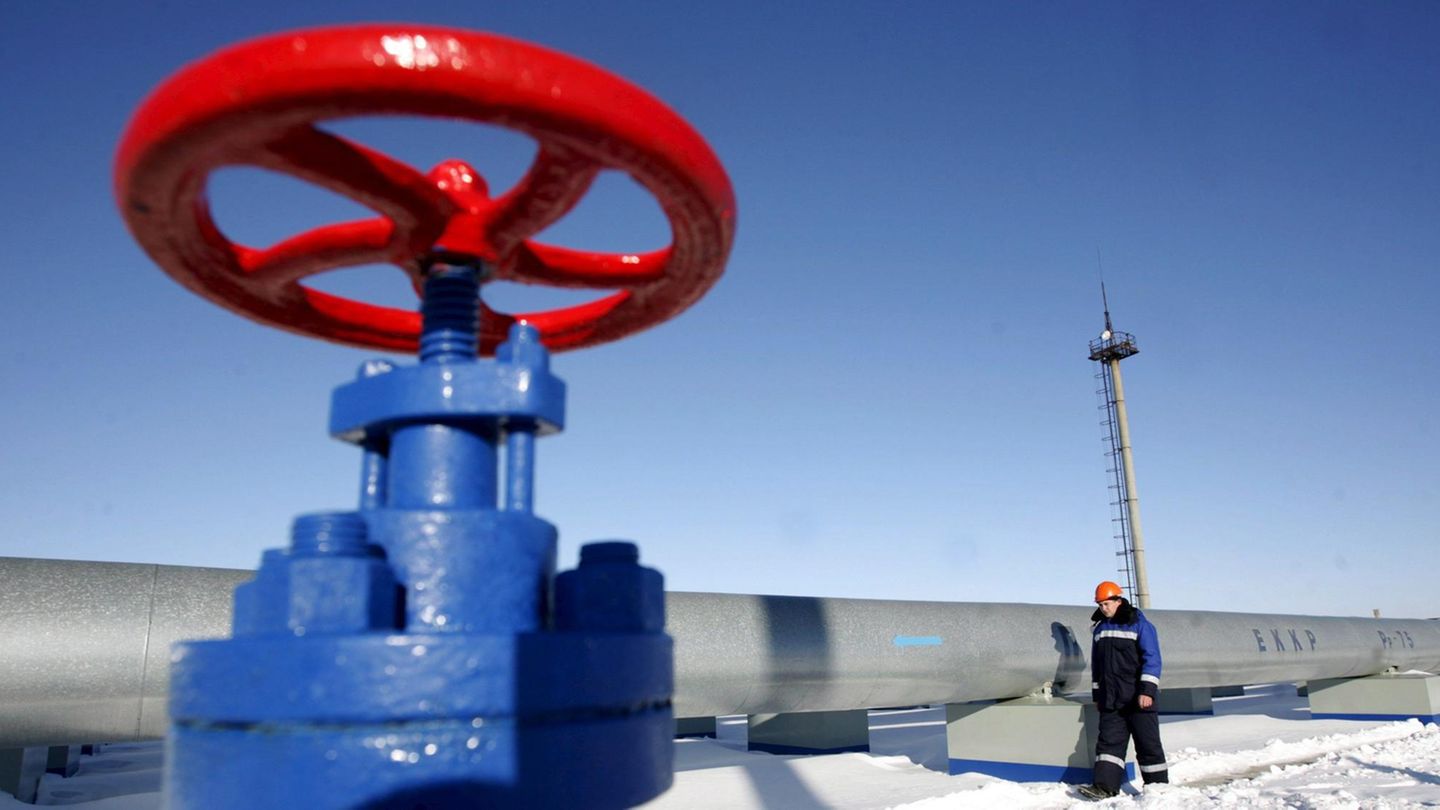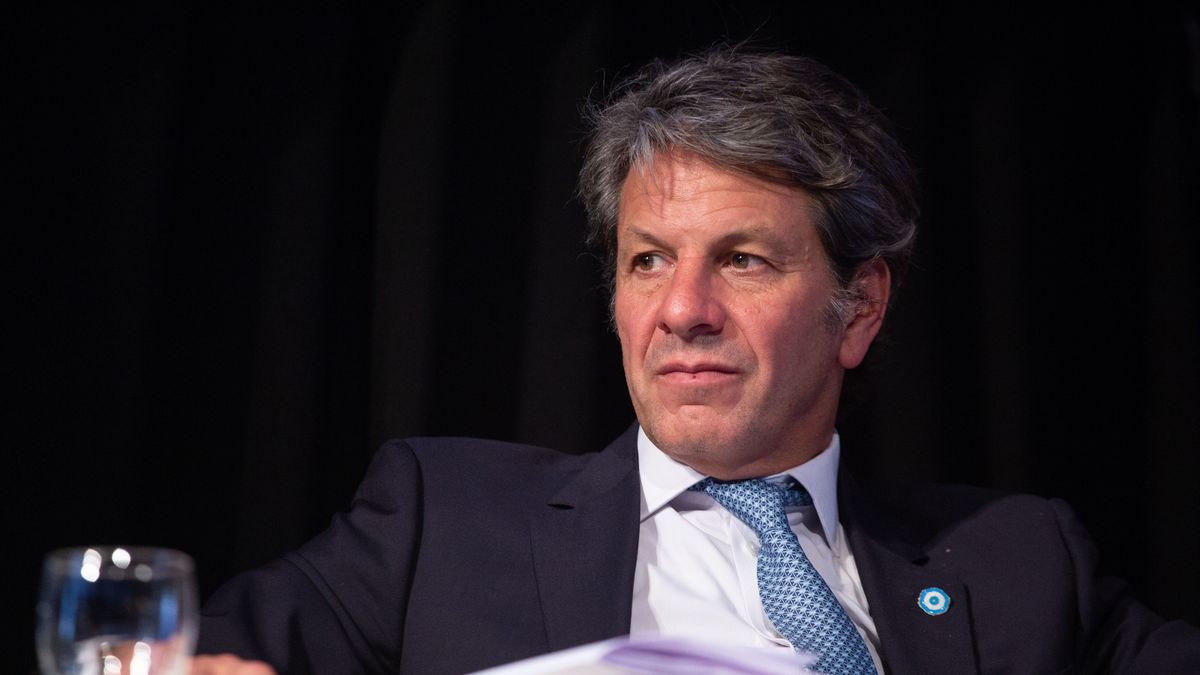From December, no more Russian gas will flow west through Ukraine. This will be expensive for consumers, the Kremlin warns. But there is no reason to panic
For a long time it was a horror scenario: the pipelines from Russia no longer supply gas. Germany has long since stopped being dependent on it. But the Austrians, Hungarians and Slovaks still depend on Russian gas from the pipes. And that will soon stop. “It’s over,” said Ukrainian President Volodymyr Zelenskyj – confirming that the contract signed five years ago for the use of a Ukrainian pipeline will not be renewed and will expire in December. Russia threatened disaster shortly after Zelenskyj’s announcement. Kremlin spokesman Dmitri Peskov warned European consumers that supplies would now be much more expensive for them. But there are considerable doubts about that.
Gas price rose due to war in Ukraine
Due to the war in Ukraine, the price of gas has increased many times over, and new private customers in Germany had to pay up to 40 cents per kilowatt hour to gas suppliers after Russia invaded its neighboring country in 2022. But since then the price has fallen back to under ten cents. Mild weather contributed to this, as did the sluggish economy, which limited the economy’s energy needs. Above all, however, liquefied gas imports and imports from the Netherlands and Norway have filled the gaps.
It is not really surprising that Ukraine is now phasing out deliveries via the only pipeline still in use. In recent years, the country has wanted to show that it is faithful to the contract, but has no interest in continuing to help Russia with its energy business. In return, Ukraine is accepting that it will lose gas transit fees, which last year amounted to 1.4 billion euros, according to the central bank.
War damage could drive up prices
The last western customers of Russian pipeline gas are already reducing their dependence. In Austria, for example, 98 percent of gas imports still came from Russia at the end of 2023, and by June of this year the share had been reduced to 83 percent. Liquefied gas is available in abundance on the world market and at fair prices. There is also discussion about supplying gas from Azerbaijan, although this would have to be piped through Russian territory. In addition, despite all the sanctions, Russia is also supplying a significant amount of liquefied gas to the European Union. According to the Finnish research institute CREA, this will cost 3.6 billion euros in the first half of 2024 alone. Hungary gets a large part of its gas from Russia anyway via a pipeline that runs through the Black Sea to Turkey.
Price fluctuations are to be expected above all if the pipeline is affected by the war. This could happen any day, as the Russian gas hub Sudzha is located exactly in the border area into which the Ukrainian troops have advanced. At the beginning of August, the offensive drove the gas price on the Dutch TTF stock exchange to just under 40 euros per megawatt hour, the highest level since the beginning of the year. It has since fallen slightly. The “Handelsblatt” newspaper quoted experts who sounded far less alarmist than the Kremlin. One analyst said: “If the Ukraine transits are suddenly interrupted, the gas price could rise to 45 euros per megawatt hour and stay there for a few weeks until all countries are convinced that they can obtain gas by other means.
Source: Stern




